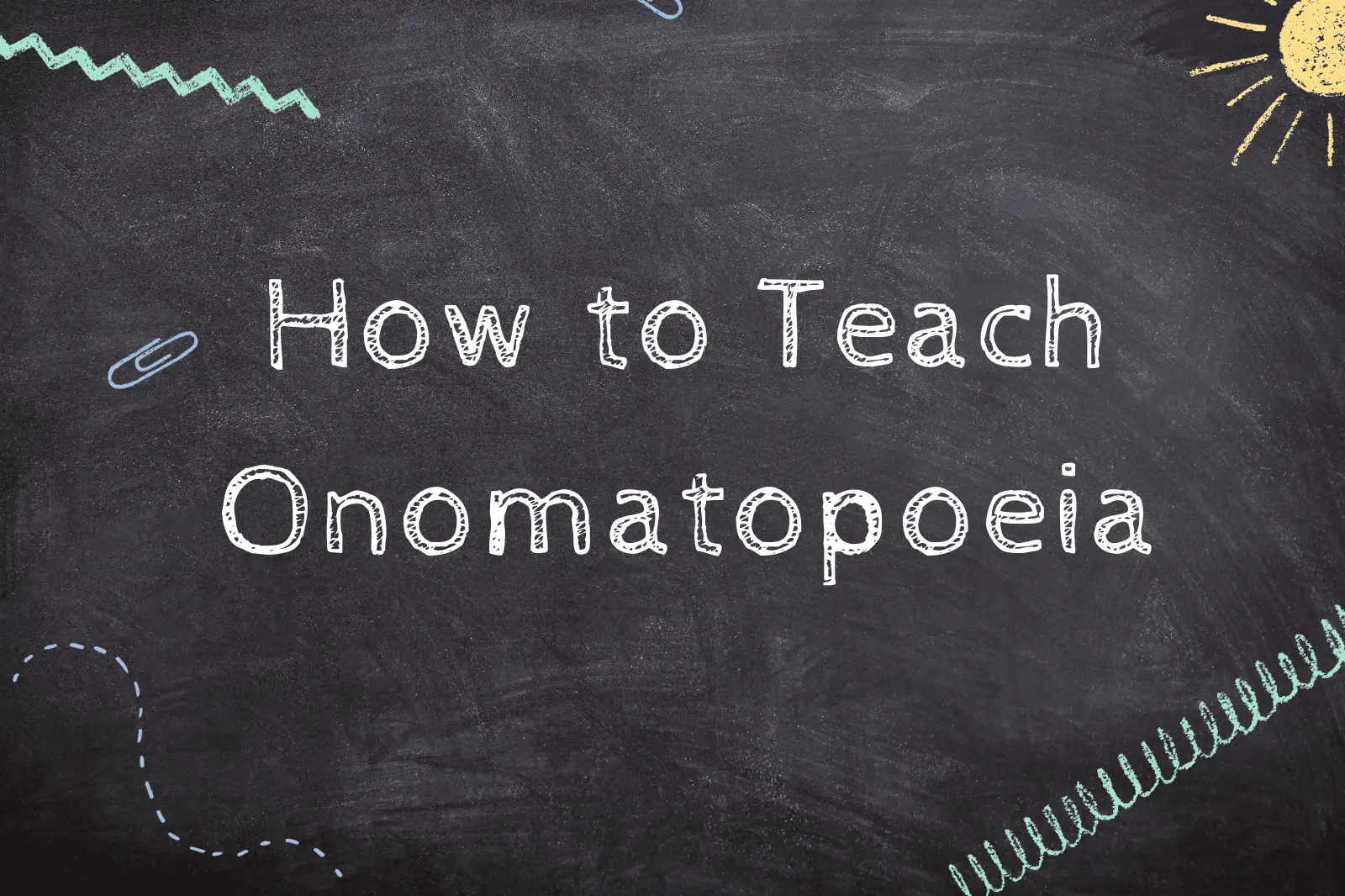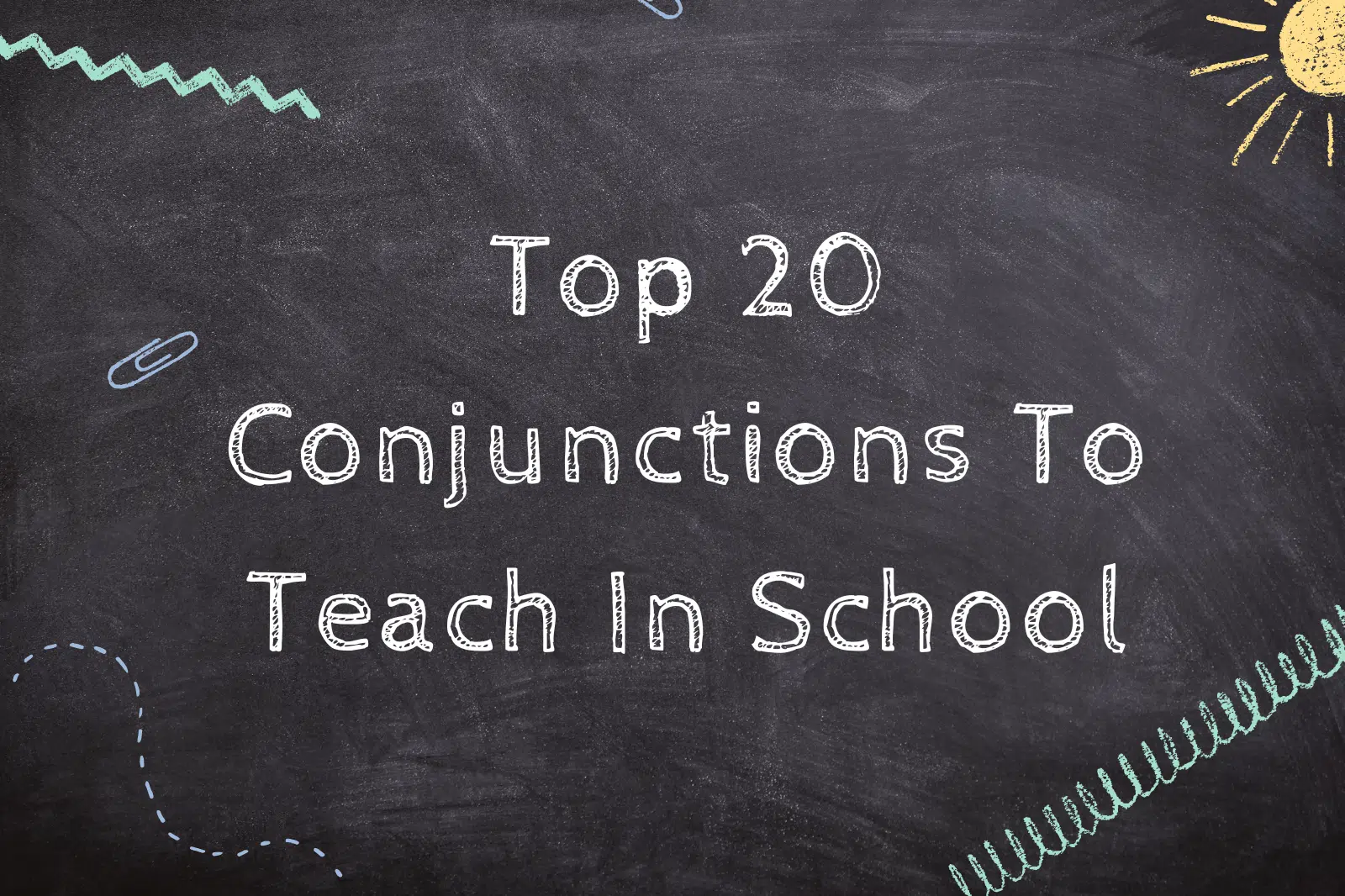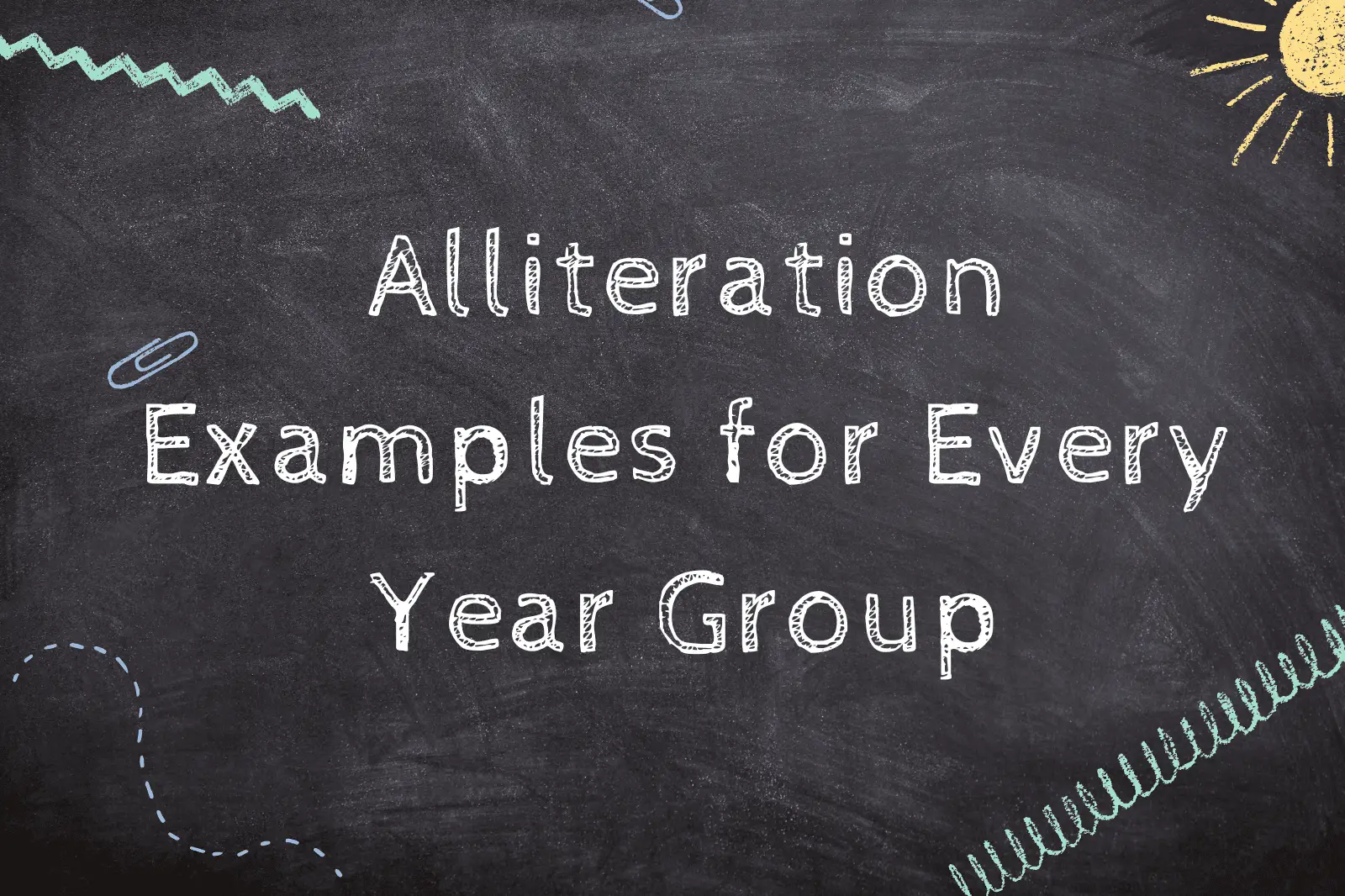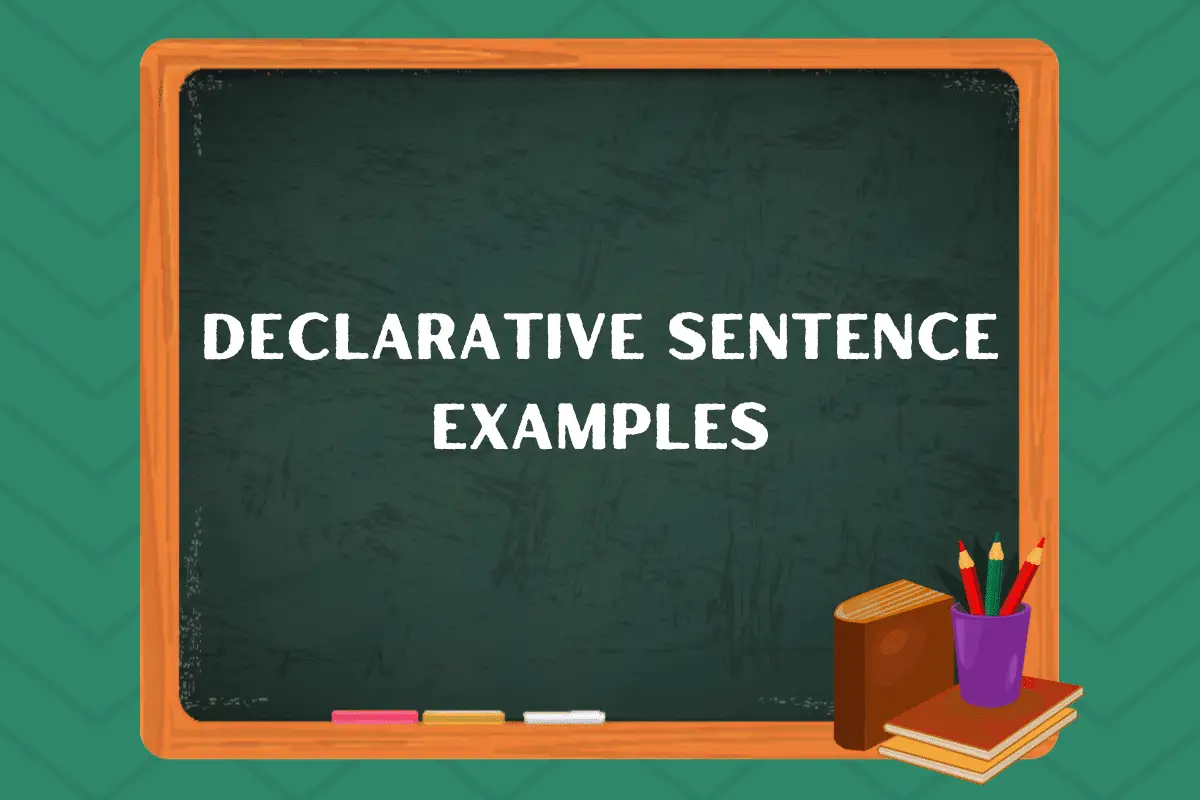As a third grade teacher, you know that grammar education is so important to building your students’ literacy skills. And yet, with the many different aspects of language and the diverse needs of learners, it can be difficult to create a comprehensive grammar curriculum for your students.
In this blog post, we will explore what components should be included in an effective third grade grammar program—from identifying parts of speech to understanding sentence structure—to help guide you in teaching every student as they progress through their language arts journey!

Understanding Parts of Speech
Imagine you are about to build a castle. But instead of bricks and mortar, your building blocks are words. Just like every brick has a specific role in constructing a sturdy castle, every word has a particular function in building a meaningful sentence. These functions are what we call parts of speech.
In the magical world of language, there are eight primary parts of speech that third graders get to explore: nouns, pronouns, verbs, adjectives, adverbs, prepositions, conjunctions, and interjections. Think of them as the superheroes of grammar, each with their unique powers!
Nouns are the name-givers, labeling people, places, things, or ideas. They’re like the kings and queens of our language castle. Pronouns, the secret agents, stealthily step in to replace nouns and prevent repetition. Verbs are the action heroes, expressing what’s happening in the sentence.
Next, we have adjectives, the artists that paint vivid pictures by describing nouns. In contrast, adverbs are the modifiers that add details to verbs, adjectives, or other adverbs, telling us how, when, where, or why something happened.
The relationship builders, prepositions link nouns or pronouns to other words in the sentence, showing direction, location, time, or manner. Conjunctions are the connectors, joining words, phrases, or clauses. Finally, interjections are the drama kings and queens, expressing strong emotions or surprise.
Now, let’s bring these superheroes to life! For instance, in the sentence “The quick, brown fox (noun) swiftly (adverb) jumps (verb) over (preposition) the lazy dog (noun),” can you spot the different parts of speech?
Engaging in activities like this can turn learning parts of speech into an exciting adventure. So, are you ready to take your third graders on this thrilling journey through the realm of language? Let’s dive in!
Sentence Structure and Types
Journey with me now into the fascinating world of sentences, the building blocks of stories, the carriers of thoughts, the conveyors of communication. What exactly is a sentence, you ask?
Well, a sentence is a group of words that makes complete sense on its own. It has two essential parts: the subject, which is what or whom the sentence is about, and the predicate, which tells us something about the subject.
Imagine sentences as trains. The subject is the engine, driving the sentence forward, while the predicate is the rest of the train, carrying all the important details about the subject.
Just as trains come in different types for different purposes, so do sentences. There are four main types of sentences: declarative, interrogative, exclamatory, and imperative. Each type serves a unique purpose and adds variety to our language.
Declarative sentences are like the tour guides of our language journey, presenting facts or opinions. They usually end with a period. For example, “The Eiffel Tower is in Paris.”
Interrogative sentences are the detectives, asking questions to gather information. They always end with a question mark. For instance, “Where is the Eiffel Tower?”
Exclamatory sentences are the drama queens, expressing strong emotion or surprise. They end with an exclamation point. Like, “What a beautiful view from the Eiffel Tower!”
Finally, the imperative sentences are the directors, giving orders, instructions, or advice. They can end with either a period or an exclamation point, depending on the intensity. An example would be, “Look at the Eiffel Tower.”
To help your students understand sentence structure and types better, consider fun activities like sorting sentences, categorising sentences based on their types, or subject-predicate matching, pairing subjects with suitable predicates to form meaningful sentences.
Punctuation and the Power of Capitalization
As we continue our language journey, let’s turn our attention to two often underappreciated yet incredibly powerful tools – punctuation and capitalization. These are like the traffic signals and road signs of language, guiding us on how to read and understand sentences correctly.
Firstly, punctuation marks are the superheroes who save our sentences from chaos and confusion. They give us cues about the pace, tone, and meaning of what we’re reading.
For instance, a period tells us to stop because one idea has ended, and another is about to start. A question mark signals that we need to adjust our voice because a question is being asked. An exclamation point warns us that there is strong emotion ahead!
Similarly, capitalization rules are the royal decree of language, commanding respect for important words. They tell us to honor the first word of every sentence and proper nouns, such as names of people, places, days, months, and so on.
In third grade, students get to learn key punctuation marks like periods, question marks, exclamation points, commas, and apostrophes, along with important capitalization rules. For instance, they learn to use commas in addresses and dates, and to capitalize the first word of a sentence and proper nouns.
But learning these rules is not enough; practicing them is crucial. Consider activities like ‘Punctuation Detectives,’ where students hunt for punctuation marks in a text and explain their purpose. Or ‘Capitalization Challenge,’ where they identify and correct sentences with improper capitalization.
Remember, punctuation and capitalization are not just grammatical formalities. They are the conductors of the language orchestra, ensuring every word, every sentence plays its part perfectly, creating a harmonious symphony of communication. So, let’s raise the baton and dive into the captivating world of punctuation and capitalization!
Verb Tenses and Verb-Subject Agreement
Imagine if you could travel through time, experiencing the past, present, and future all at once. This thrilling journey isn’t just the stuff of science fiction; it’s also the magic of verb tenses!
Verb tenses are like time machines of language, transporting us to different time zones of actions or states of being. They tell us when something happened – in the past, is happening – in the present, or will happen – in the future.
The past tense takes us back in time, recounting actions that have already happened. For instance, “Yesterday, I walked in the park.”
The present tense roots us in the here and now, describing actions happening at this moment or general truths. Like, “I walk in the park every day.”
The future tense propels us forward, predicting actions that will occur. For example, “Tomorrow, I will walk in the park.”
But our language journey doesn’t stop here. Just like how a dance requires the perfect synchronization between partners, a sentence demands harmony between its subject and verb, a concept known as verb-subject agreement. Simply put, a singular subject needs a singular verb, and a plural subject requires a plural verb. So, we say, “The dog barks,” but “The dogs bark.”
To make this journey more engaging, consider activities like ‘Time Travel Tales,’ where students narrate stories using different verb tenses, or ‘Agreement Antics,’ where they match subjects with suitable verbs.
Introduction to Paragraph Writing
Have you ever wondered how a beautiful building is constructed? It starts with laying one brick at a time, each carefully chosen and placed to support the structure. Just like these buildings, great pieces of writing are built one paragraph at a time.
A paragraph is a group of sentences that work together to express a single idea. Think of it as a team, where each player has a unique role, yet they all work towards the same goal.
The topic sentence is the captain of this team, setting the direction and declaring what the paragraph will be about. For instance, “The Eiffel Tower is an iconic landmark in Paris.”
Then come the supporting details, the team players who back up the captain, providing facts, examples, or explanations that expand on the topic sentence. Like, “It was built for the 1889 Exposition Universelle. It’s made of iron and stands at 330 meters tall.”
Finally, the concluding sentence is the cheerleader, summing up the main points and leaving the reader with a final thought. For example, “These features make the Eiffel Tower a marvel of human engineering.”
Organizing thoughts into well-structured paragraphs can seem daunting, but here are some tips to help:
- Start with brainstorming your ideas.
- Decide on your main point and write your topic sentence.
- Gather supporting details that reinforce your main point.
- Write a concluding sentence that ties everything together.
- Review and revise for clarity and cohesion.
To put these skills into practice, try exercises like ‘Paragraph Puzzles,’ where students arrange scrambled sentences into a logical paragraph, or ‘Topic Titans,’ where they come up with different supporting and concluding sentences for a given topic sentence.
Just like a well-built building that stands tall and proud, a well-structured paragraph can make your ideas stand out and leave a lasting impression. So, are you ready to start constructing your masterpiece? Let’s lay the first brick!
Wrapping Up Our Grammar Journey
As we draw the curtains on our thrilling exploration of third-grade grammar, let’s take a moment to revisit the captivating landmarks we’ve encountered along the way.
We embarked on our journey understanding the power of nouns and pronouns, the heroes that give names to people, places, things, or ideas, and their stand-ins when they need a break. We then dove into the vibrant world of adjectives and adverbs, the artists who paint vivid pictures with their descriptive powers.
Our adventure continued with the traffic signals of language – punctuation and capitalization, guiding us through the busy streets of sentences. We then stepped into the time machine of verb tenses, zipping between past, present, and future, while ensuring a harmonious dance with our partners, the subjects, in a beautiful display of verb-subject agreement.
Finally, we learned the artful assembly of paragraph writing, laying one sentence at a time to construct a coherent and impactful piece of writing.
But remember, dear teachers, our journey doesn’t end here. Grammar is the backbone of language, and fostering these skills in our young learners is crucial for their literacy development. They are the architects of tomorrow’s language landscape, and the tools of grammar we equip them with today will enable them to build a future full of articulate expression and effective communication.
We’d love to hear from you! Do you have any exciting grammar adventures from your classroom? Any innovative tips or techniques for teaching these concepts? Feel free to share your experiences and insights, because after all, teaching is a journey best traveled together.
Here’s to more grammar adventures, more learning, and more fun!






